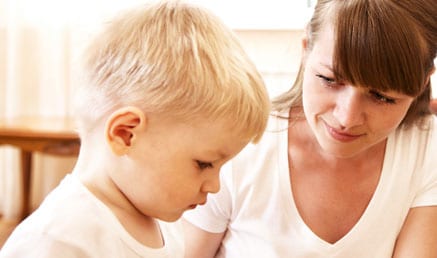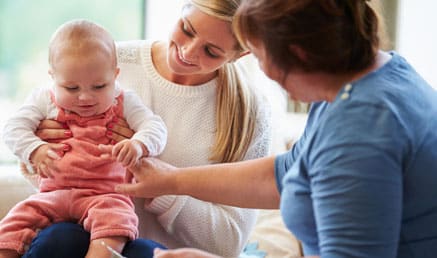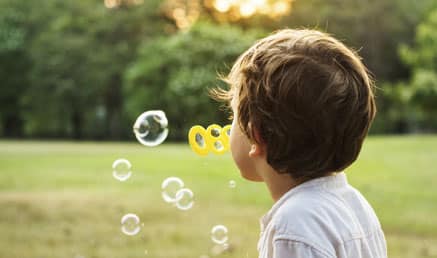
“It’s our polite nudge in the ribs to help you and your team stay organised and on task.”
This week’s subject is: Self-Regulation
Element 5.2.2: Self-Regulation
Each child is supported to regulate their own behaviour, respond appropriately to the behaviour of others, and communicate effectively to resolve conflicts
Educators play a crucial role in supporting children to be able to regulate their behaviour and reactions as a response to strong and often overwhelming emotions.
Children begin learning how to regulate their behaviour from the time they are babies, but more significantly in the toddler and preschool years and self-regulation continues to develop throughout childhood and even into adulthood.
Dr Stuart Shanker (2010) described self-regulation as –
“The ability to manage your own energy states, emotions, behaviours and attention, in ways that are socially acceptable and help achieve positive goals, such as maintaining good relationships, learning and maintaining wellbeing.”
Providing children with a safe, supportive, and responsive environment and interactions will support children in developing the skills to self-regulate. Educators should be in touch with, and responsive to, children’s individual needs and be able to model regulating their own behaviour in response to challenging or stressful situations. Educators are empathetic, consistent, and responsive to the differing ways in which individual children respond to new or difficult situations, recognising that there are both strengths and challenges for each child to effectively deal with the pressures of everyday routines, interactions, play and learning.
Consider the ways in which your Service supports children to self-regulate:
Does the environment, program, routines, and resources support children with self-regulation?
- Provide adequate space and a balance of activities, that provide for challenge and inspire a sense of wonder
- Offer a variety of materials, equipment and experiences that engage their interests, are culturally relevant and create a sense of belonging and security
- Implement a flexible routine, where educators can respond to children’s needs
- Group children in small groups throughout the day based on their rhythms, interests, and routines
- Minimise transitions and ensure that they are planned and considered with the intention of reducing children’s anxiety and stress
- Ensure that the environment is calming through providing adequate natural lighting and ventilation and minimizing noise
Resources for families:
Self-regulation in children & teenagers
Self-regulation for Infants and Toddlers
Resources for services:
Self-regulation- A foundation for wellbeing and involved learning
Self-regulation (by Dr Stuart Shanker)
Supporting children to regulate their own behaviour
Within System7 go to Quality Are 5/Module 6 to submit self-assessment notes and if required, open a QIP issue if you identify any areas of improvement.
The Childcare Centre Desktop has a Behaviour Guidance Policy and a Behaviour Guidance- Bullying Policy for LDC, OSHC & FDC. You can also access behaviour management plan templates, incident forms/reports, Behaviour Guidance Procedure (LDC & OSHC), Managing Biting Behaviour Procedure and Bullying Response Procedure (LDC & OSHC).
Resources, NQS Element, Regulation and System7 links:
Childcare Centre Desktop – Behaviour Management
National Quality Standard – QA5 / Element: 5.2.2
National Regulations – 73, 74 and Part 4.5 Relationships with children
System7 Module – QA 5/ Module 6
If you have any questions send us a note via the Contact page here!




